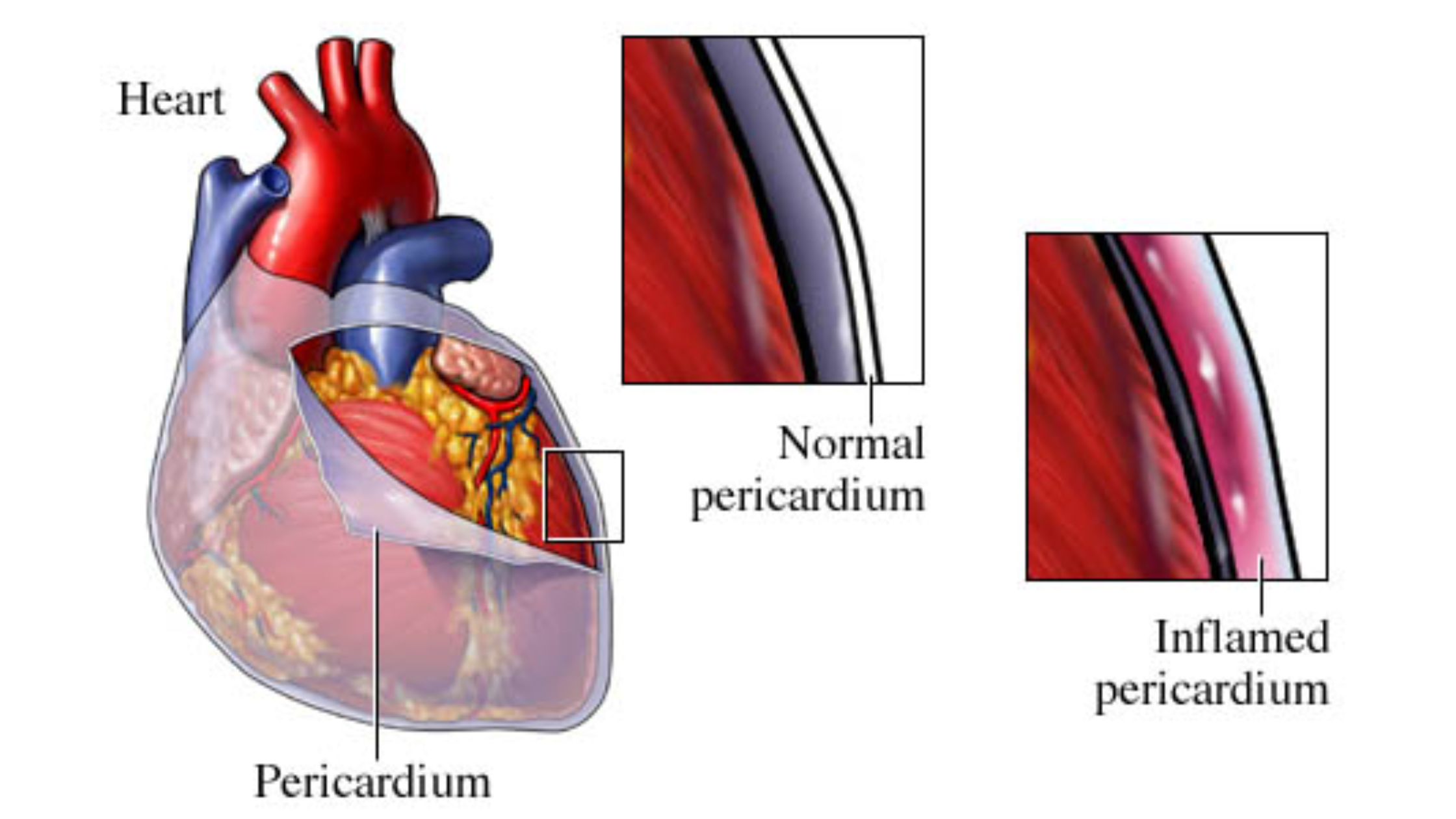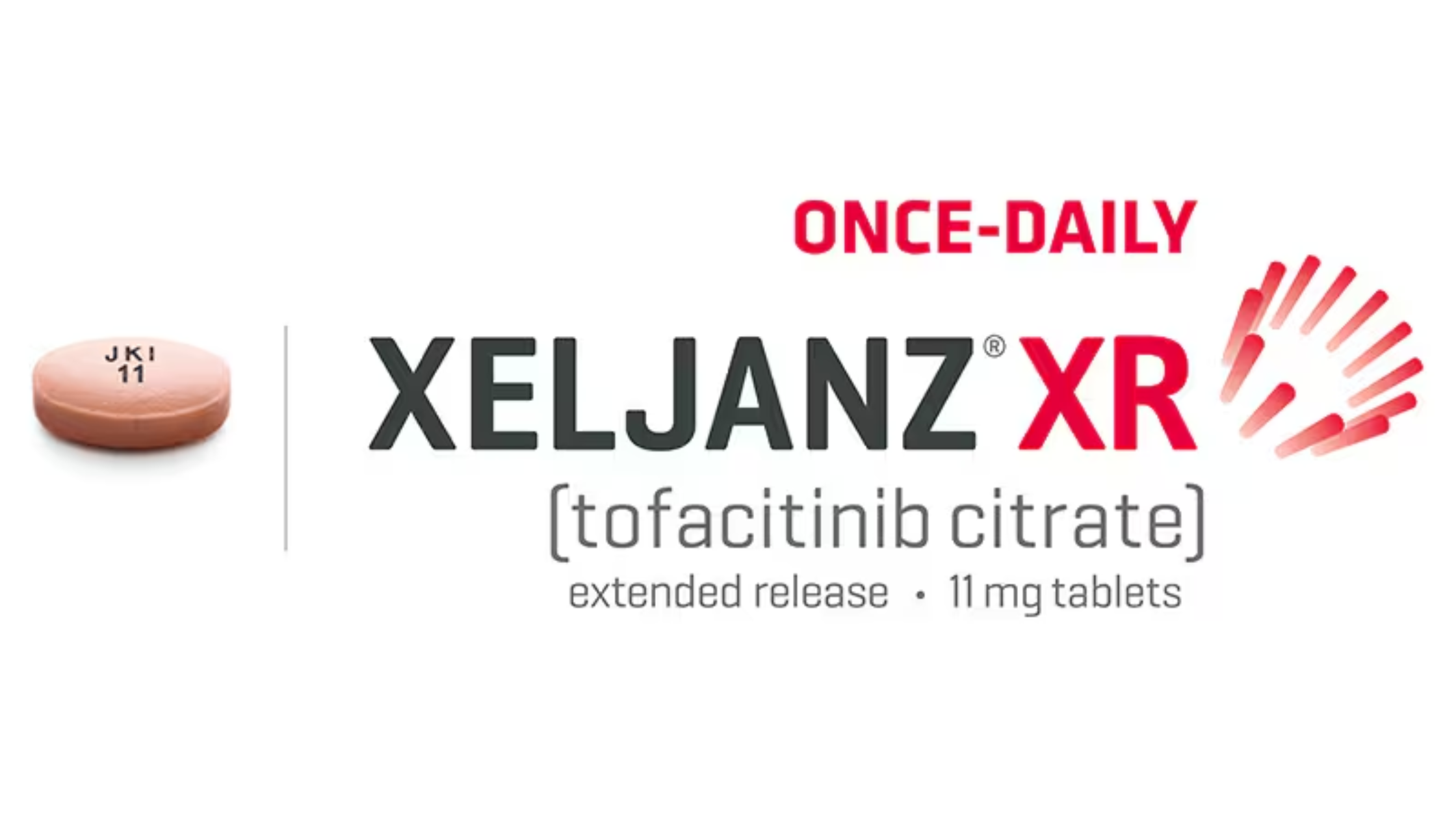Last updated on July 22nd, 2025 at 08:05 am
Hereditary Angioedema (HAE) Type 3 is a rare and challenging condition that presents its own set of unique symptoms and management considerations. (Discover- how rare is hereditary angioedema type 3?). As someone who has delved into the complexities of this disorder, I understand the importance of recognizing these symptoms early on and navigating the available treatment options. This comprehensive guide aims to provide an in-depth look at Hereditary Angioedema Type 3 symptoms, management strategies, and the role of antidotes in treatment.
What is Hereditary Angioedema Type 3?
Hereditary Angioedema (HAE) is a genetic disorder characterized by recurrent episodes of severe swelling, usually affecting the extremities, gastrointestinal tract, and airway. There are several types of HAE, with Type 1 and Type 2 being the most well-known. Type 3, however, is less common and presents with distinct features that set it apart from the other types.
HAE Type 3 is caused by mutations in the F12 gene, which encodes the coagulation factor XII. Unlike Types 1 and 2, which are associated with deficiencies or dysfunctions in C1-inhibitor proteins, Type 3 is characterized by normal C1-inhibitor levels. This makes it more challenging to diagnose, as its symptoms can mimic other conditions.
What are the Hereditary Angioedema Type 3 Symptoms?
Recognizing the symptoms of Hereditary Angioedema Type 3 is crucial for timely diagnosis and effective management. The symptoms of HAE Type 3 often include:
1. Recurrent Swelling
The hallmark symptom of HAE Type 3 is recurrent, episodic swelling. This swelling can affect various parts of the body, including:
- Extremities: Hands, feet, arms, and legs may swell significantly, causing discomfort and impairing mobility.
- Gastrointestinal Tract: Swelling in the gastrointestinal tract can lead to abdominal pain, nausea, vomiting, and diarrhea.
- Airway: Swelling in the throat and airways can cause difficulty breathing, which may be life-threatening if not managed promptly.
These episodes can last from a few hours to several days, and the swelling can be severe and disabling.
2. Unpredictable Onset
The onset of swelling in HAE Type 3 can be unpredictable, with episodes occurring without any obvious triggers. However, some individuals may notice a correlation with stress, hormonal changes, or trauma. Unlike HAE Type 1 and Type 2, where the swelling is often linked to specific triggers or environmental factors, Type 3 episodes can occur spontaneously.
3. Normal C1-Inhibitor Levels
One of the distinguishing features of HAE Type 3 is that patients typically have normal levels of C1-inhibitor. This is in contrast to Types 1 and 2, where C1-inhibitor deficiency or dysfunction is evident. This normal C1-inhibitor level can make diagnosing HAE Type 3 more challenging, as it may not fit the traditional diagnostic criteria for HAE.
4. Family History
A family history of similar symptoms can be an important clue in diagnosing HAE Type 3. The condition follows an autosomal dominant inheritance pattern, meaning that if a parent has HAE Type 3, there is a 50% chance of passing the condition on to their offspring.
How to Diagnose Hereditary Angioedema Type 3
Diagnosing Hereditary Angioedema Type 3 requires a thorough evaluation by a healthcare professional. The diagnostic process typically involves:
- Medical History and Physical Examination: A detailed medical history and physical examination are essential for identifying the pattern of symptoms and ruling out other possible conditions.
- Genetic Testing: Genetic testing for mutations in the F12 gene can confirm the diagnosis of HAE Type 3. This test can identify the specific genetic mutation associated with the condition.
- Laboratory Tests: Blood tests to measure C1-inhibitor levels and function are conducted to differentiate HAE Type 3 from Types 1 and 2. In HAE Type 3, C1-inhibitor levels are typically normal, which helps in distinguishing it from the other types.
How to Manage Hereditary Angioedema Type 3
Effective management of HAE Type 3 involves a combination of preventive measures, acute treatment strategies, and lifestyle modifications. Here’s a detailed look at how to manage this condition:
1. Preventive Measures
Preventing episodes of swelling can be challenging, given the unpredictable nature of HAE Type 3. However, some preventive strategies include:
- Avoiding Triggers: Although triggers can be unpredictable, avoiding known stressors and managing hormonal fluctuations may help reduce the frequency of episodes.
- Medication: Certain medications, such as antihistamines or androgens like danazol, may be prescribed to help reduce the frequency and severity of episodes. These treatments work by modulating the inflammatory response and stabilizing the vascular system.
2. Acute Treatment
When an episode of swelling occurs, prompt treatment is crucial to manage symptoms and prevent complications:
- Corticosteroids: These anti-inflammatory medications can help reduce swelling and alleviate symptoms during an acute episode.
- Antifibrinolytics: Medications like tranexamic acid may be used to control bleeding and swelling.
- Antidote: While there is no specific antidote for HAE Type 3, treatments like fresh frozen plasma (FFP) or recombinant C1-inhibitor concentrate may provide symptomatic relief and improve outcomes.
3. Lifestyle Modifications
Making certain lifestyle changes can also help manage HAE Type 3.
- Regular Monitoring: Regular follow-ups with a healthcare provider are essential for monitoring the condition and adjusting treatment as needed.
- Patient Education: Educating patients and their families about the condition and its management can empower them to handle episodes effectively and seek timely medical attention.
How to Live with Hereditary Angioedema Type 3
Living with Hereditary Angioedema Type 3 requires ongoing management and support. The unpredictability of the condition can be challenging, but with the right strategies and resources, individuals can lead fulfilling lives. It’s important to:
- Stay Informed: Keep up-to-date with the latest research and treatment options for HAE Type 3.
- Join Support Groups: Connecting with others who have HAE Type 3 can provide valuable support and shared experiences.
- Work with Healthcare Providers: Collaborate closely with healthcare professionals to tailor a management plan that suits individual needs and preferences.
Differences between Hereditary Angioedema Type 3 and Hereditary Angioedema Type 2
Hereditary Angioedema (HAE) Type 2 and 3 are distinct subtypes of the condition with different underlying causes and treatment approaches. HAE Type 2 is caused by a dysfunction in the C1-inhibitor protein, leading to recurrent swelling and requiring treatments like C1-inhibitor replacement. In contrast, HAE Type 3 results from mutations in the F12 gene, with normal C1-inhibitor levels and symptoms that can appear later in life. Diagnosis for both types involves genetic testing, but Type 3 management may involve different strategies such as antifibrinolytics or fresh frozen plasma. Understanding these differences is crucial for effective diagnosis and personalized treatment.
Hereditary Angioedema Type 3 presents unique challenges and requires a nuanced approach to diagnosis and management. Recognizing the symptoms, understanding the diagnostic process, and implementing effective management strategies are crucial for improving the quality of life for individuals with this condition. While there is no specific antidote for HAE Type 3, ongoing research and treatment advancements offer hope for better outcomes and enhanced management options.
By staying informed and working closely with healthcare providers, individuals with HAE Type 3 can navigate their condition with confidence and improve their overall well-being. Get more tips on managing Health from Medical Antidote.



